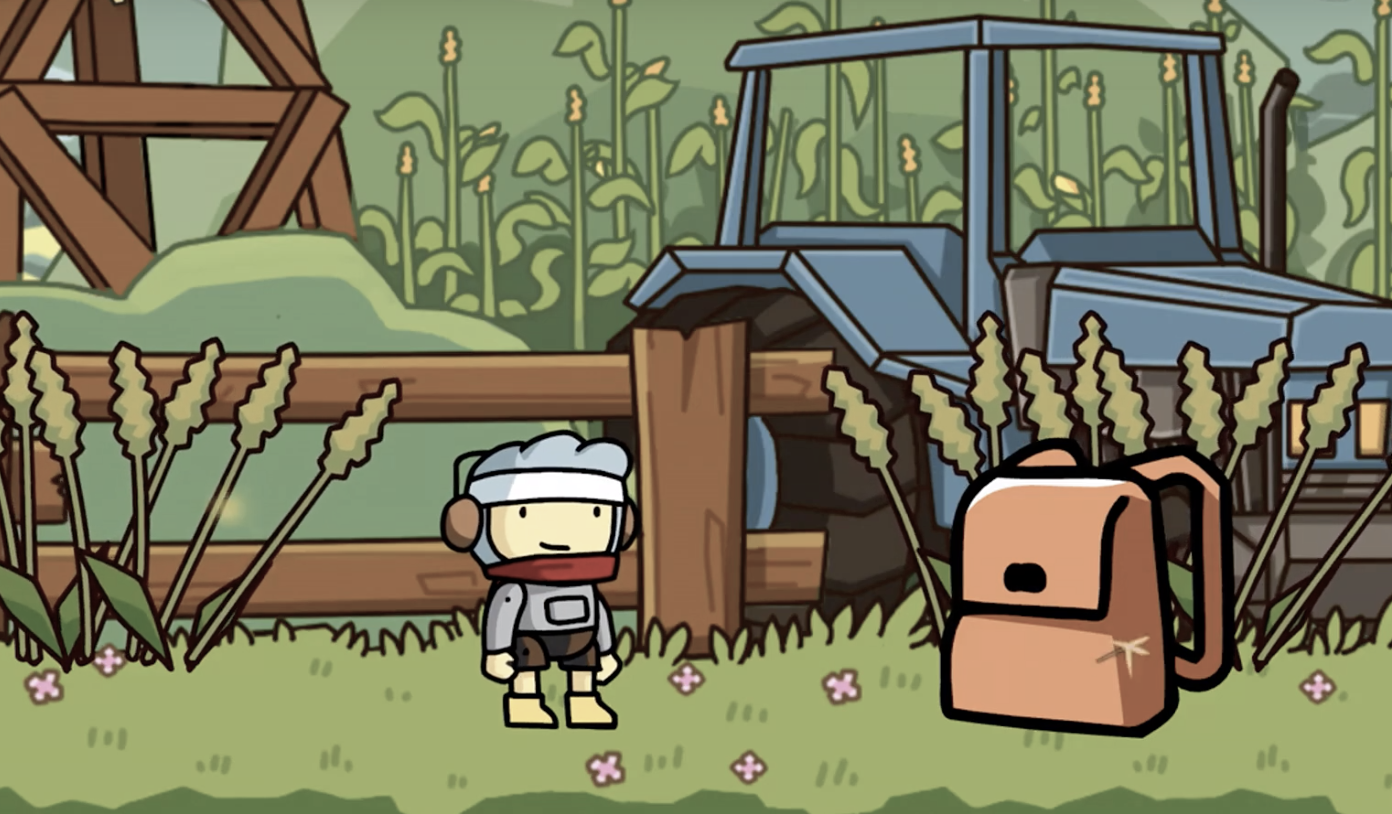Link 5 – Jackson Liang’s Task 7 (Mode-Bending)
My Task 7 link.

When I first opened Jackson’s blog, I thought I might have clicked on the wrong link as there was so much more information than I had expected to find. After a little exploring, I quickly found the blog page and saw how easy it was to find each individual assignment, task, and final project on one page. The pictures made the website engaging and different sizes of fonts kept my eyes moving and engaged on the different pages. One comment I would make is that it would be nice to have a comment section on the individual pages, however, I was still able to send a comment via the ‘contact’ page.
Jackson’s mode bending task was created using Scribblenauts. It interested me that their mode-bending task was being shown in a video format, but I was even more intrigued when I saw that it was created using a game. Especially one that encourages the use of fun adjectives!
As teachers, it is important to continuously re-evaluate our teaching practice to ensure that we are using technology in the most productive way for our students (Common Sense Education, 2016). Jackson addressed this by returning to a favourite childhood game. Despite not being able to create every single element in their backpack, we (the audience) were still able to observe the process of trying out different ways to include objects like medicine and a pencil case. Jackson was able to successfully collect an array of items with very diverse adjectives. It was also special to see how certain objects could be linked with other people of things, like his grandfather being the original owner of the red letter. This added another layer to their activity.
Jackson mentioned how the New London Group encouraged engaging with the students’ personal experience, cultural backgrounds, and subcultural diversity. This activity allowed for a creative way to display one’s individuality. I had also tried to address this through a multiliteracies approach as it allows for a broader representation of language, culture, and social differences (Cazden et al., 1996).
This redesigning of their ‘What’s in your bag’ task shows that Jackson considered the “six design elements in the meaning-making process: those of Linguistic Meaning, Visual Meaning, Audio Meaning, Gestural Meaning, Spatial Meaning, and the Multimodal patterns of meaning that relate the first five modes of meaning to each other” (Cazden et al., 1996, p. 65). I did this by including text, images, and audio, but after seeing Jackson’s activity, I would love to have been able to incorporate a written aspect to personalize it even more. As the SAMR model recommends, we must continually be evaluating and re-evaluating our teaching practices (Common Sense Education, 2016). I enjoyed getting more ideas from Jackson’s project.
References:
Cazden, C., Cope, B., Kalantzis, M., Luke, A., Luke, C., Nakata, M., & New London Group (1996). A pedagogy of multiliteracies: Designing social futures. Harvard Educational Review, 66(1), pp. 60-92. https://doi.org/10.17763/haer.66.1.17370n67v22j160u
Common Sense Education (2016, July 12). How to apply the SAMR model with Ruben Puentedura [Video]. YouTube. https://www.youtube.com/watch?v=ZQTx2UQQvbU